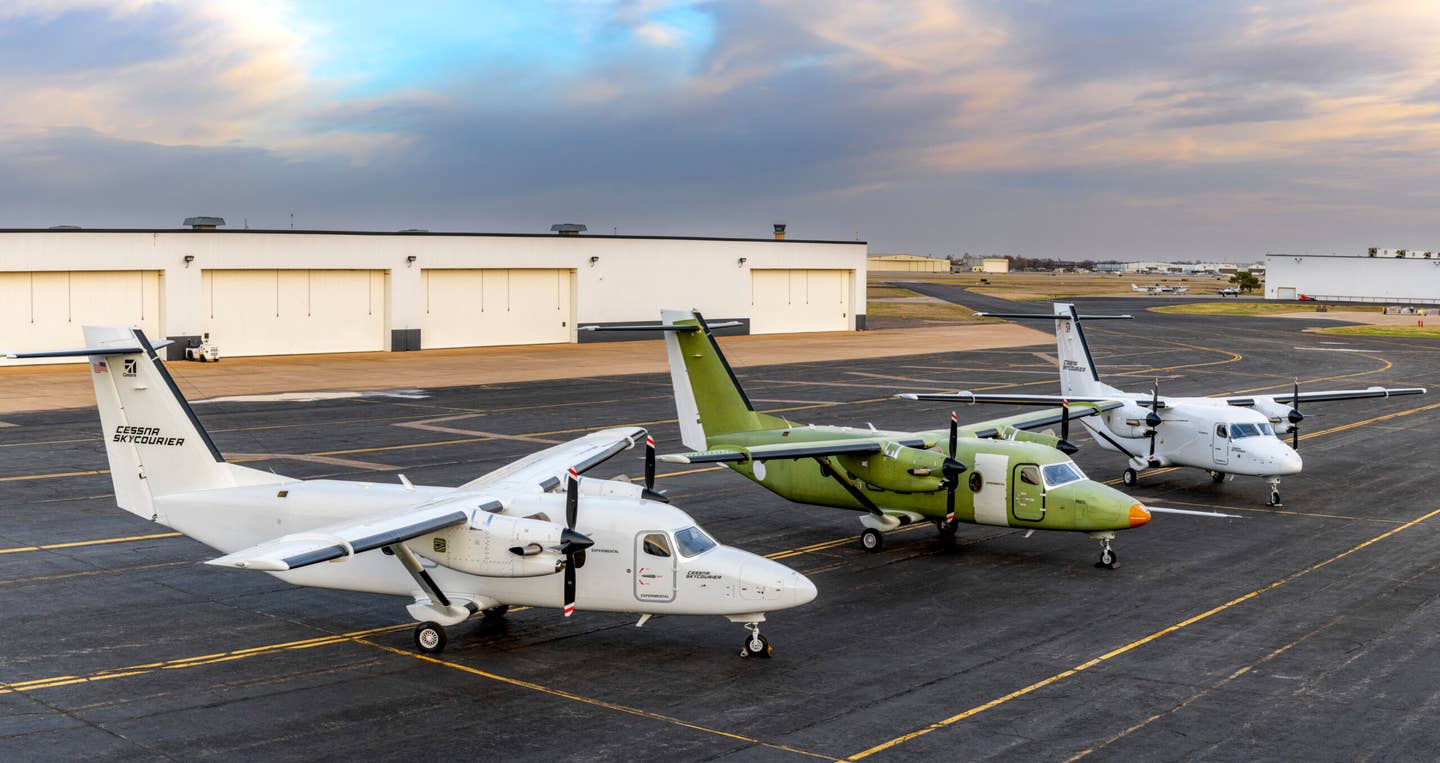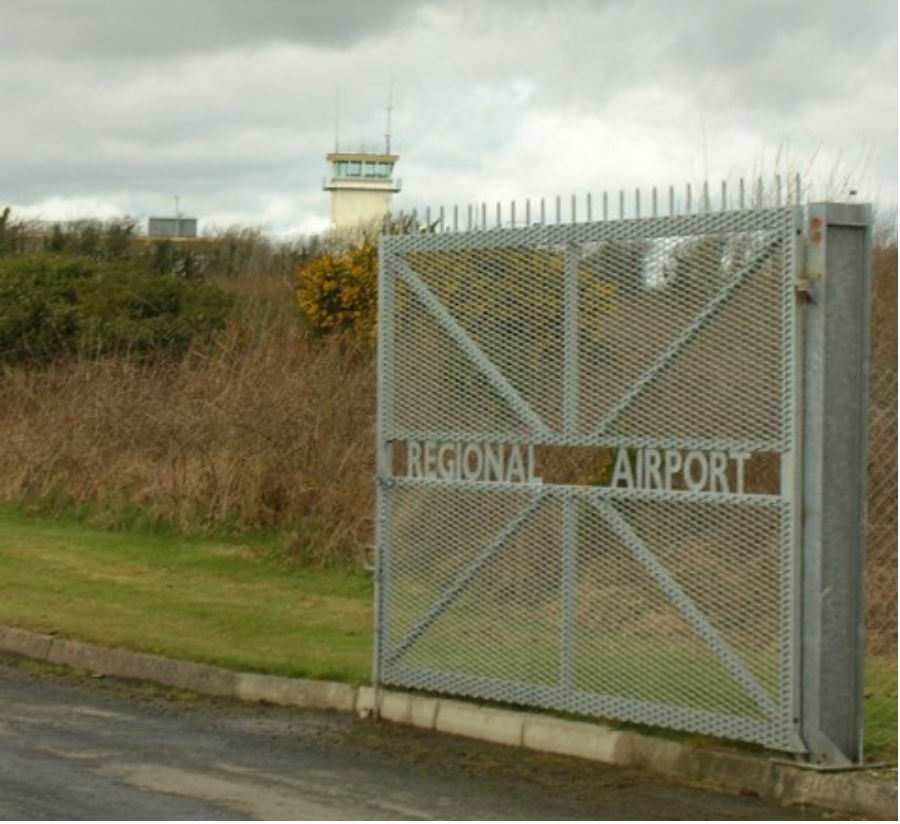Cessna’s Perfect Timing On The SkyCourier
Cessna couldn’t have foreseen how the pandemic would ignite shipping volume, but they’ve got just the airplane to cart around the rising tide of e-commerce.

In the depths of the 2008 downturn—I think it was probably 2009—something Jack Pelton, then CEO of Cessna, said at NBAA stuck with me. New aircraft sales had taken a nauseating plunge and bizjet inventories were as high as they had been in years. It wasn’t that nothing was selling, but not much was selling. Never mind that, Pelton said, the company would stay on the gas with new products so as to be ready when the market turned upward again. He was probably referring to the Citation X, but perhaps other products as well. The market never really took a sharp upward turn, but a decade later, it has recovered after a fashion.
Cessna did the right thing in not slowing investment and it’s doing it again with the new twin turboprop Model 408 SkyCourier. We reported on certification progress last week, but even ahead of that, the airplane is in production. It’s not so much that Cessna stayed the course as it is likely to enjoy superb timing. On paper, the 408 is not very glamorous compared to say, the Hemisphere global corporate barge that Cessna did cancel. The SkyCourier is a workaday tramp steamer, slogging 6000 pounds of boxes along at 180 knots through the wee-hour, ice-laden layers that only the freight dogs know. FedEx has already ordered 50 with an option for 50 more. Anyone who’s paying attention will know they're likely to buy the extras.
Cessna has kept the SkyCourier on track perhaps not in spite of the pandemic but because of it. Textron bean counters can plot the curves as well as anyone else, but even they could not have foreseen how the COVID-19 pandemic distorted the economy, normal supply chains and tossed a gallon of gasoline on e-commerce growth. The numbers are staggering. Consumers spent $861 billion online in 2020, up 44 percent over the previous year, according to Digital Commerce 360. That’s triple the growth in 2019. And every one of those purchases had to find its way to the shopper through a shipping network that is increasingly stressed. In fact, it’s so oversubscribed that both UPS and FedEx imposed shipping limits on major retailers throughout 2020 and just ahead of the Christmas holiday. Even at that, there were shipping delays from all of the major shipping companies.
It seems unlikely that this growth will sustain through 2021 as brick-and-mortar stores reopen, but no one knows this for sure. In any case, as consumers have grown accustomed to the convenience of push-button e-commerce, demand for shipping will remain high. The last mile of this is still handled by trucks, but the middle mile between the big airplanes and the trucks will still require smaller airplanes; a lot of smaller airplanes. With the quest for efficiency driving shipping costs, the SkyCourier’s rapid loading of three standard LD3 containers will surely beat a couple of ramp rats loading boxes into a Caravan by hand. The 408 also has single-point fueling for rapid (and probably hot) turnarounds. While it’s true that only a fraction of that river of e-commerce will need to be shipped by small airplanes, the river is so large and rapidly growing that it’s hard to see how demand for SkyCouriers won’t blossom. (Passenger versions are also in the mix.)
And who else will buy them? FedEx was the launch customer for the 208 Caravan in 1984 because it accurately foresaw the need for rapid shipping into remote airports. There weren’t other takers in the fast ship market then. Today, the shipping market, in addition to being underserved, is intensely competitive if not on price than on capacity. Now there’s a wild card: Amazon. The major shippers can be broken down this way: UPS is a trucking company with an airline, FedEx is an airline with trucks and Amazon is an e-commerce company with both an airline and trucks. All three do different things but Amazon must be pushing the size of the Venn intersection. On Sunday morning, I rode by a line of nine Prime trucks merging onto I-75. Sunday morning. One of those trucks delivered a RAM mount for my iPhone. On Sunday morning.
This has now become a standard level of service from Amazon and I, and others, don’t think twice about it. It just is. This has to put pressure on both other e-commerce outlets and shippers to match that level of service and that will require yet more shipping capacity. So in my view, the thing to watch is Amazon. Its business model is e-retail with a network of 110 distribution centers, so those Prime trucks don’t have far to go. For its own needs, it has 85 757s, compared to FedEx’s 650 aircraft and UPS’s 280. Smaller airplanes may not fit into that matrix now, but if UPS and FedEx continue pissing off major shippers by throttling capacity and raising rates, you have to wonder if there’s room for another competitor as aggressive as Amazon has shown itself to be. Prime Ship would be a natural brand identity. And if they need a small turboprop for that, Cessna has one.






